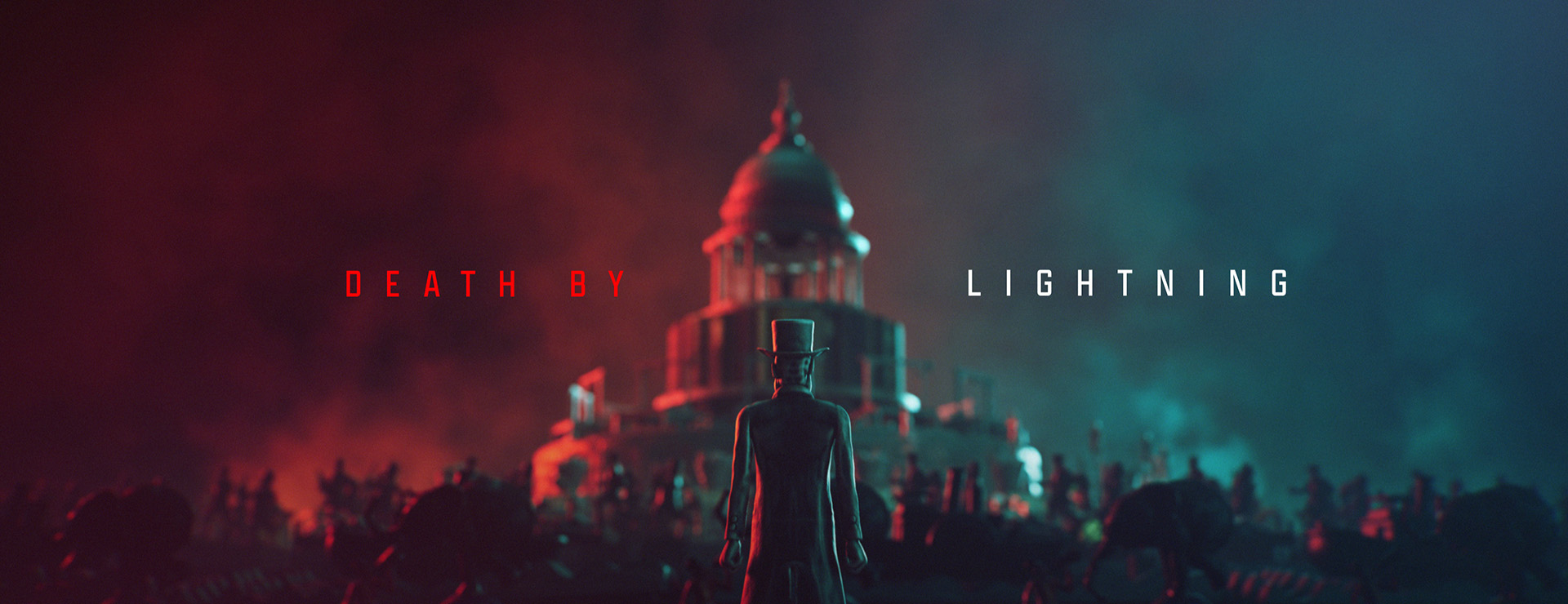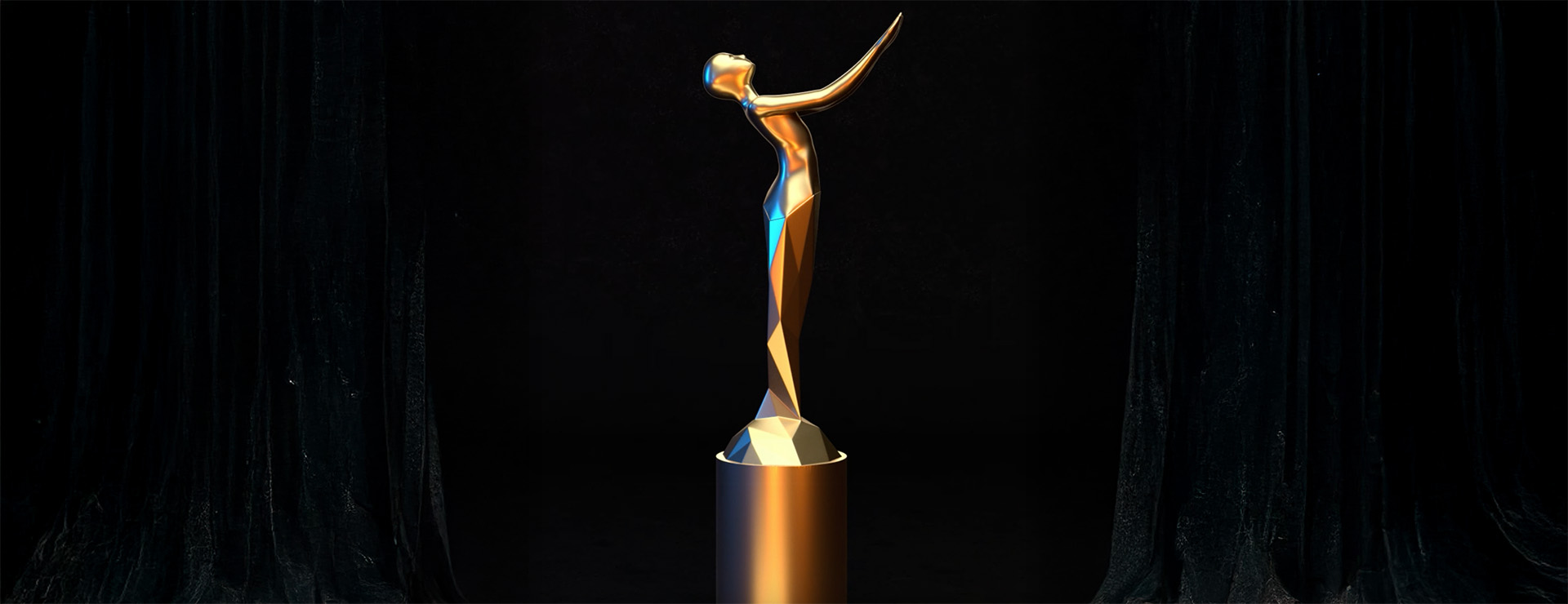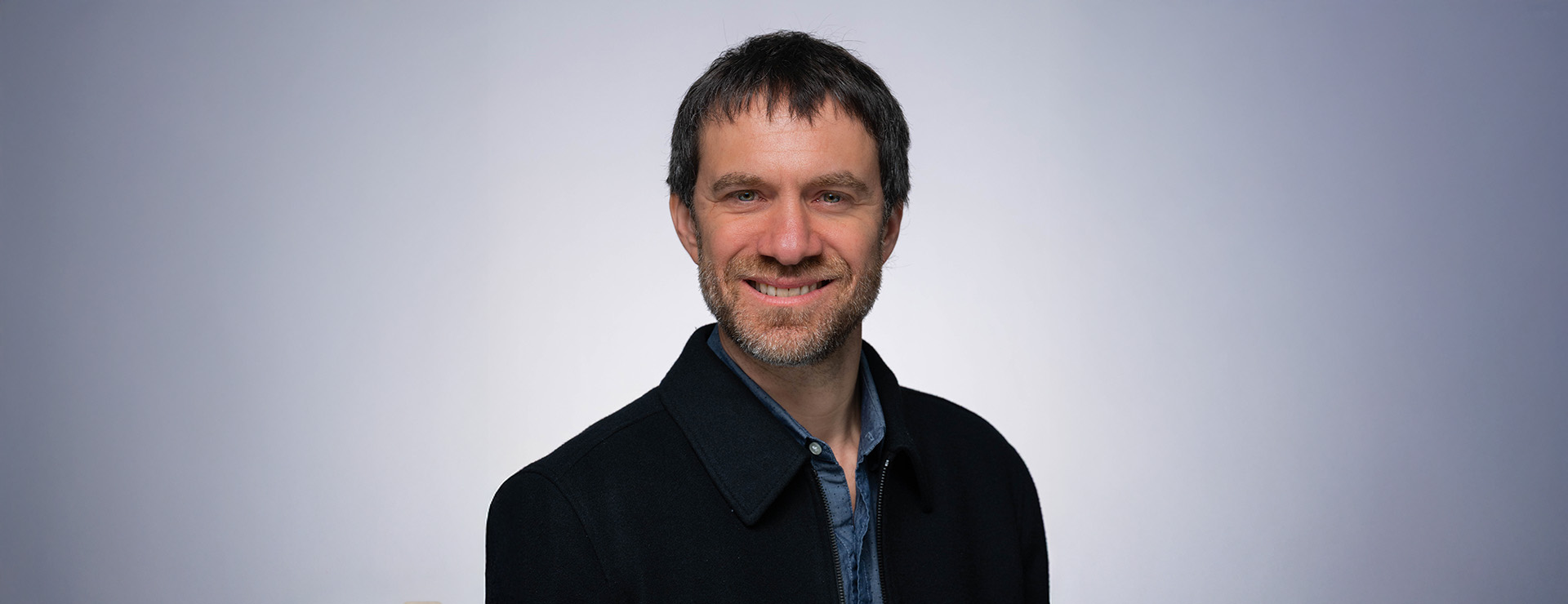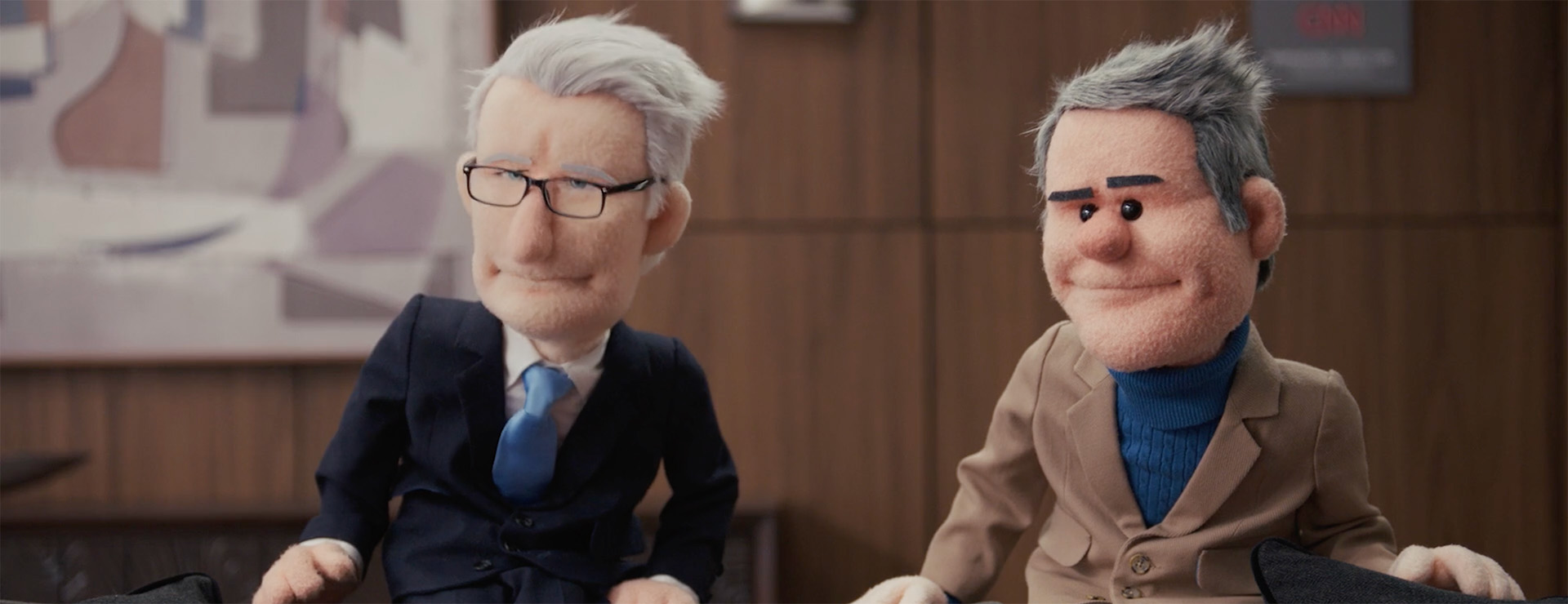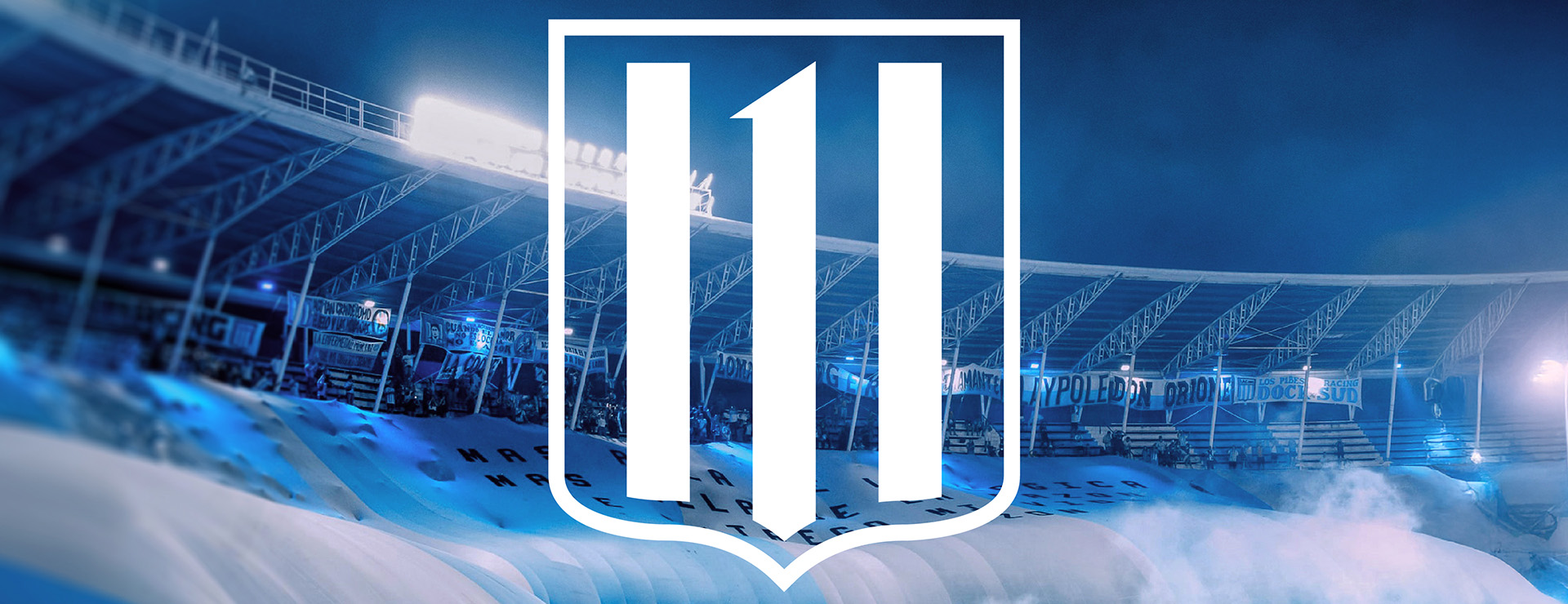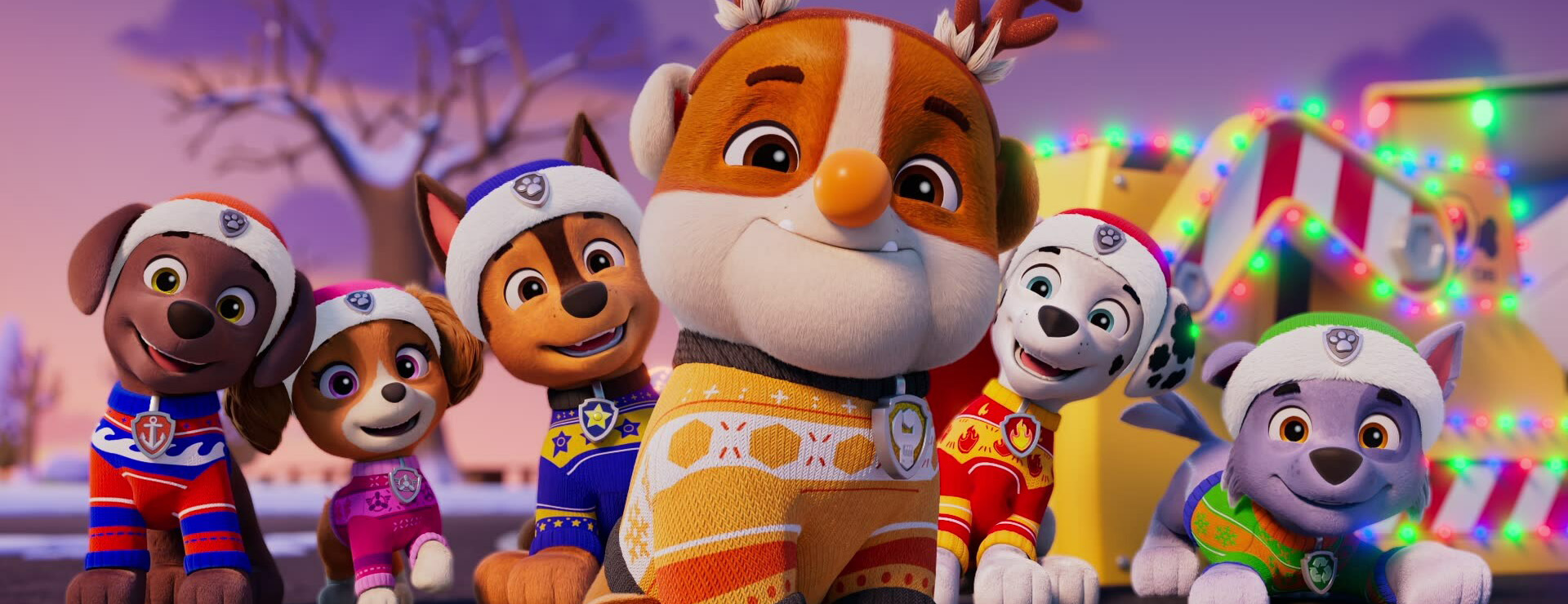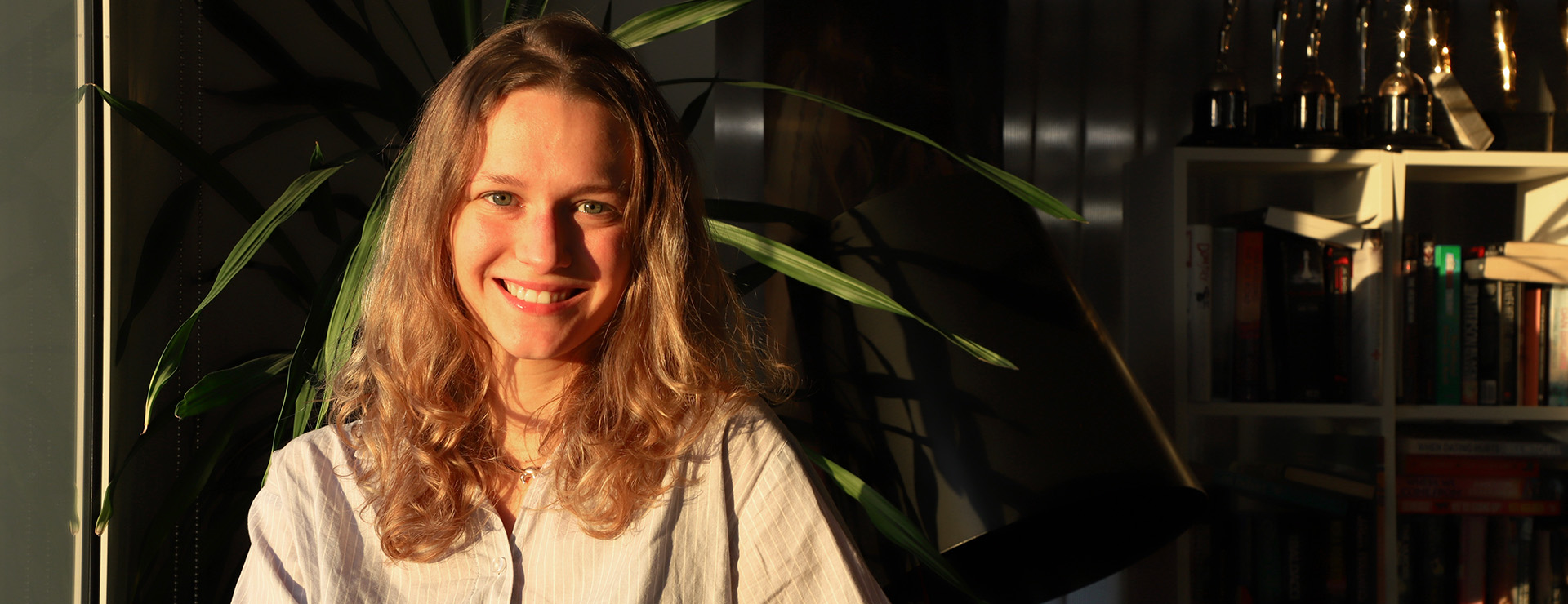Directors, this one's for you. In this week’s Spotlight interview, Saturday Night Live’s Lead Digital Shorts Director Mike Diva digs into the nitty-gritty of how he and his team executed SNL’s 50th anniversary opening sequence. Diva also is a commercial director repped by Lord Danger in Los Angeles.
With so many intro sequences having gone before, Diva, who loves to infuse his productions with motion and color, was challenged to find a new way to present the cast while paying homage to the legendary show’s five decades in New York City. Specific openings that inspired Diva included season 10, when the cast included Billy Crystal and Julia Louis-Dreyfus; season 12, which just featured many people running; and season 29, which followed the cast – including Jimmy Fallon, Tina Fey, Seth Meyers, Amy Poehler and Maya Rudolph – through a night out at New York City’s Chelsea Hotel.
Like any good director, Diva geeks out on gimbal cameras, green screens, visual effects, location scouting, set building and all of the massive amount of work that goes into making television magic. Below is an edited version of Spotlight's conversation with him.
Spotlight: How did you get into directing?
Mike Diva: It’s what I wanted to do since I was about 13, and I just started making stuff. This is back when editing software and stuff was becoming more readily available. I got into just shooting whatever I could and making videos where I was chopping my brother's head off or shooting him. It's really violent stuff. I was always really into special effects. So I'd make these videos where I was doing all this crazy stuff and flying around and my parents were, like, cool, keep going.
I kept making things until I was out of high school. From there, I moved to LA and instead of going to college, I started making YouTube videos. That was right on the cusp of YouTube being a thing. I would force myself to make something every other week. I learned more and more from doing that, and that turned into people noticing me from some video that went viral.
My first viral video was a prank video before pranking got obnoxious on YouTube, called “Sexy Saxman,” and it was a dude running around with the saxophone playing “Careless Whispers.” And for some reason that blew up. From there, I got a little bit more attention on my channel, and I was able to turn that into music video work. From there, I started making more commercials.
I climbed up that ladder very slowly until I essentially met Akiva Schaffer from Lonely Island, completely by coincidence. I was having dinner with this producer, and he ran into Akiva and introduced us. He sent Akiva to my YouTube channel. I thought, there's no way Akiva, my comedy hero, is gonna look at my stuff and want to meet up. But he did.
He asked me to do all the visuals for their live show and do a couple of original videos for them. He liked the way that turned out so much that they asked me to direct their Netflix special. I also worked on some sketches for their Netflix series I Think You Should Leave.
They basically hooked me up for the job with SNL.
Spotlight: What does your role at SNL entail?
Diva: I direct the pre-taped shorts. There are three different film units and I do one three-to- five minute short a week.,
Spotlight: We’ve discussed your messed-up sleep schedule. Why do you have to stay up all night to do that? Can’t you just get your short done and then be like, ‘bye guys, have a great show?’
Diva: The shorts are written on Monday and Tuesday, and then on Wednesday, they're read at a table. By Wednesday night, I know exactly what short I'm doing. Wednesday night is when the pre-production meeting happens. Thursday is more pre-production and getting everything handled like what the costumes are going to be, and how the set needs to be designed. I have to figure out exactly what needs to be built because all the sets for the shorts are built overnight on Thursday. Whether it's the exterior and interior of a Waffle House or a space station like we did last week, all these things need to be planned and built on Thursday, which is a very fast time production timeline. It takes so many talented people to make. On Friday morning at 6 a.m., I come in and all of a sudden, there’s the giant NASA Mission Control set and a spaceship. And then I direct the thing for up to 18 hours, usually. And then I'm editing all the next day.
Spotlight: How many hours of digital footage does that mean you’re editing?
Diva: Basically, I'm editing until 8 p.m. ET, which is the dress rehearsal and and then, depending on how the audience address acts and reacts to certain things, I re-edit again up until 11 p.m. ET when the show starts. I'm usually editing up until five minutes before the sketch is on air. I send it out, it goes to the server, and then it goes on TV.
Spotlight: I’m tired just thinking about that. You’ve been at SNL for four years. How did you end up landing the open?
Diva: They asked me to do it essentially after my first year. I got bumped up to the film unit – which is like the bigger, more elaborate unit that gets all the pieces that are a little bit more expensive and have more visual effects and bigger sets – because two of the other directors left, so I got the spot just by attrition.
As a result, I was asked to do the intro in my second year.
That ran for two seasons and then we did a new one for this year, which is Saturday Night Live’s 50th season.
Spotlight: You can see the amount of work that went into it just by watching it.
Diva: It took us a month of planning and figuring things out. The hardest thing was figuring out stuff for everyone to do that hasn't been seen a million times in SNL intros past. I really wanted to figure out a way to subvert expectations. I was kind of obsessed over that.
Spotlight: How do you feel you ultimately did subvert expectations?
Diva: I really wanted to pay homage to what makes the show work, dipping in and out of the realities the show makes with the multiple sets and all the crazy stuff that gets pulled off in studio 8H, which is the sound stage. I really wanted to create this kind of trick pulled out of a hat where you'd think that you were in just a regular location but then reveal that it's actually happening in Studio 8H and showing the things moving around. When you see the show, it's kind of mind blowing how much they do with such a little space. You don't really fully realize it until you are out on the floor and you see all this crazy stuff moving around and the sets coming into place. It's a really magical thing to see and I really wanted to capture that in the intro.
Spotlight: How did you conceive of what was going to be a set and what was going to be a location? And how did you navigate between the two?
Diva: That takes us back to the process of figuring out interesting things for the cast to do, and then working backwards from there. I worked closely with Mary Ellen Matthews who does all the photography for the show. She's usually in control of the intro for the most part, but for this one, she said ‘this is your thing, you can make it your way.’
The main challenge was that we only had so much time and so much space and so many sets, so it was a lot to figure out. We had a location scout look through all the places that we thought would be fun and then we worked backwards from there to figure out which locations could be easily recreated in Studio 8H.
I also worked with a storyboard artist because telling the whole team exactly what we wanted this to be was very hard to explain. We also had to figure out what could be done and what things we had to change due to budget constraints and so forth, because this was already maybe the most expensive SNL intro ever.
Spotlight: How hard was it to round up the cast to get this done?
Diva: There were some people who couldn't make it for the two days I needed them – like Michael Che had a show he was doing on the day we were shooting the studio stuff. And he is the most important one, because it's the first time you see the whole reveal that this is all actually happening in the studio. So with Michael Che I had to cheat it, and there's a green screenshot in there. The VFX team really killed it, and you'd never know.
Spotlight: Was it tempting to green screen more of it? Because that seems like an easy shortcut.
Diva: I try to do as much practical as possible, just because there's more magic in that, and you can do more with the camera. You wouldn't be able to do stuff like Marcelo jumping off the fire escape and then landing on studio 8H and running to James's set. Stuff like that would be really hard to fake. My production designer Andrea Purcigliotti and her team did an excellent job of taking photos from our scout and recreating them in 8H. Likewise, Lance Kuhns, my DP, did an excellent job of recreating the lighting exactly on set. It was a big team effort to make this magic trick work.
Spotlight: Something that makes this sequence seem extra magical, if you will, is the way the camera swoops all around. How did you execute that?
Diva: Ooh, I love this question because I have something to geek out about. I used this camera I've never used before, called the DJI Ronin. It's a camera that has a detachable lens on a gimbal that's very tiny. You could detach the lens from the camera and carry the camera in a bag and just have a cable going from the lens to the guts of the camera. You put the lens and the gimbal that the lens is on onto a stick, and fly that stick around. It's able to do these very fast movements and get high and get low and zoom around in a way no Steadicam would be able to because a Steadicam is this big, crazy, cumbersome thing.
We ended up shooting pretty much the whole thing with that camera. We also shot b-roll on an Arri Alexa camera, but we didn’t end up using that much – the majority of it was shot with the DJI. A lot of the b-roll just ended up being footage I shot on my iPhone.
Spotlight: I felt like the colors were really saturated. Was that all done in camera, or did you color-correct that in post?
Diva: We were really going for like, Michel Gondry (director of Eternal Sunshine of the Spotless Mind) meets Wong Kar-wai (Hong Kong director of such films as Chungking Express).
Michel Gondry does a lot of magic tricks, going in and out of realities where you think you're one place, but you're actually in another and stuff like that. With the color palette, we really wanted to go with a filmic vibe. Wong Kar-wai drips a lot of his films in these washes of color and that are like bold swings that feel a little bit heightened.
The intention was to avoid making this feel like a golden 50th anniversary special where everything’s classy and the logo is gold and everybody’s fancy in a way that feels more like a New Year’s special or the Oscars or something.
Spotlight: You’ve done all of these short films for SNL now. What are a few of your favorites?
Diva: The sketch I did on Saturday was called “Beppo,” featuring guest star John Mulaney, and it was like a Apollo 13-esque short film about a team trying to get this monkey astronaut home. That's one of my favorites because I got to recreate that 90s-era drama feel.
The other thing I may be most proud of is this Mario Kart sketch I did a couple seasons ago. It was a massive undertaking of visual effects and these big chase scenes, and I don't think anything like that had been done before in the show. And it was being able to work with Pedro Pascal as Mario.
Spotlight: Is there any advice you would give an aspiring director?
Diva: When I get asked something like this, it's hard because the path I took is not necessarily available right now. At the same time, it's easier than ever to go out and make stuff. I would say that film school is for some people, but I think the best way to learn is just by going out and doing. Committing to making stuff every single week is the most powerful thing you can do to acquire the skills you need.
The key is to grow thick skin and to not give up. Learning from your mistakes and continuing on is the key, because especially with how online we all are, there's a lot of ways that one can feel bad about oneself. You can feel like ‘I made this thing and I put it online and nobody liked it.’ It's very easy to give up after that, but the key is just hanging in there and continuing to make stuff and sending it to people and doing what you can to get eyes on your work. If you just consistently make stuff and put it out there, I feel like you'll get somewhere.





